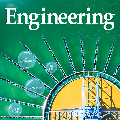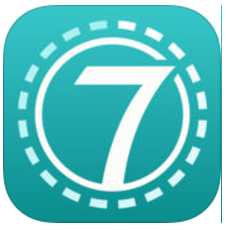Context: Experiment replications play a central role in the scientific method. Although software engineering experimentation has matured a great deal, the number of experiment replications is still relatively small. Software engineering experiments are composed of complex concepts, procedures and artefacts. Laboratory packages are a means of transfer-ring knowledge among researchers to facilitate experiment replications. Objective: This paper investigates the experiment replication process to find out what information is needed to successfully replicate an experiment. Our objective is to propose the content and structure of laboratory packages for software engineering experiments. Method: We evaluated seven replications of three different families of experiments. Each replication had a different experimenter who was, at the time, unfamiliar with the experi-ment. During the first iterations of the study, we identified experimental incidents and then proposed a laboratory package structure that addressed these incidents, including docu-ment usability improvements. We used the later iterations to validate and generalize the laboratory package structure for use in all software engineering experiments. We aimed to solve a specific problem, while at the same time looking at how to contribute to the body of knowledge on laboratory packages. Results: We generated a laboratory package for three different experiments. These packages eased the replication of the respective experiments. The evaluation that we conducted shows that the laboratory package proposal is acceptable and reduces the effort currently required to replicate experiments in software engineering. Conclusion: We think that the content and structure that we propose for laboratory pack-ages can be useful for other software engineering experiments.
翻译:暂无翻译





